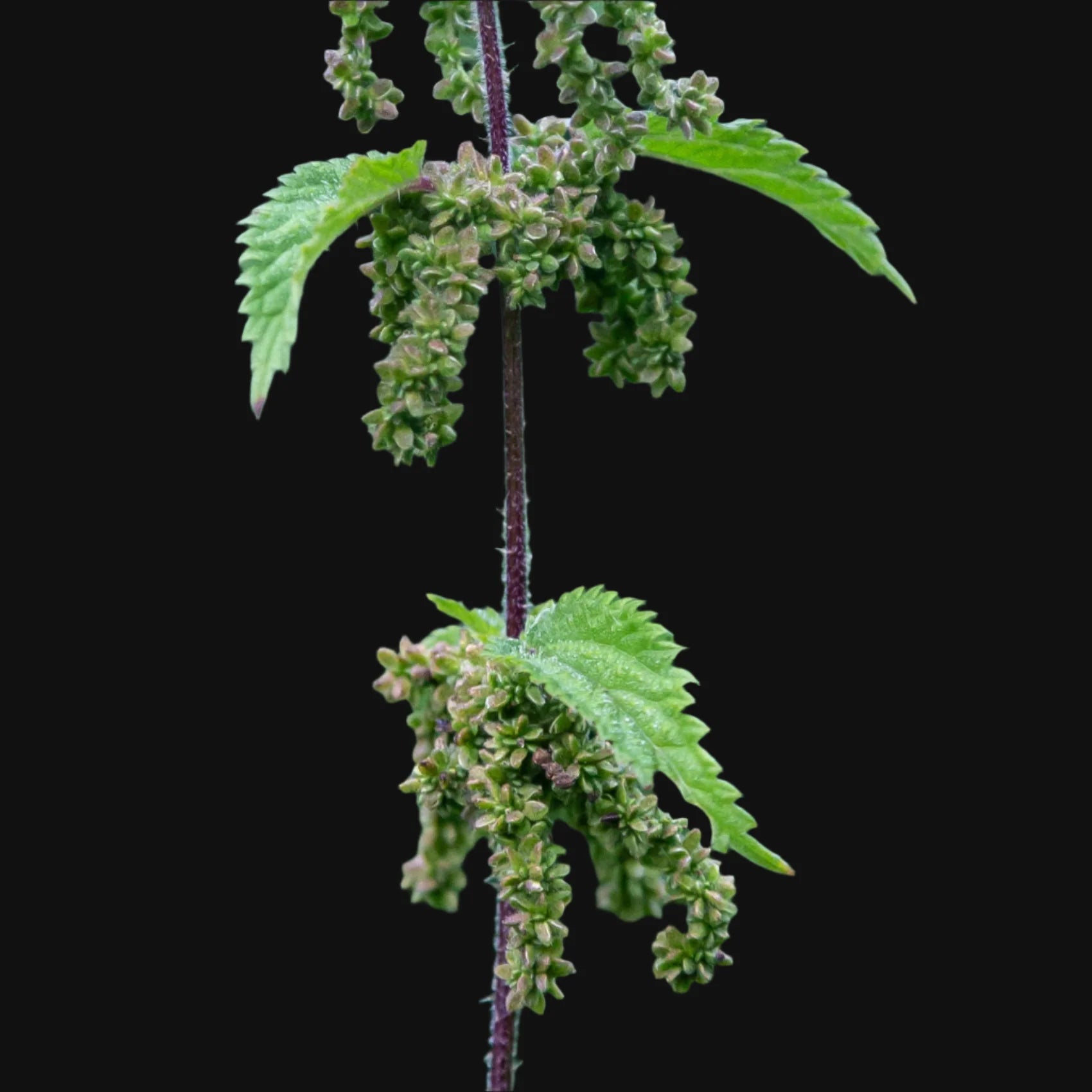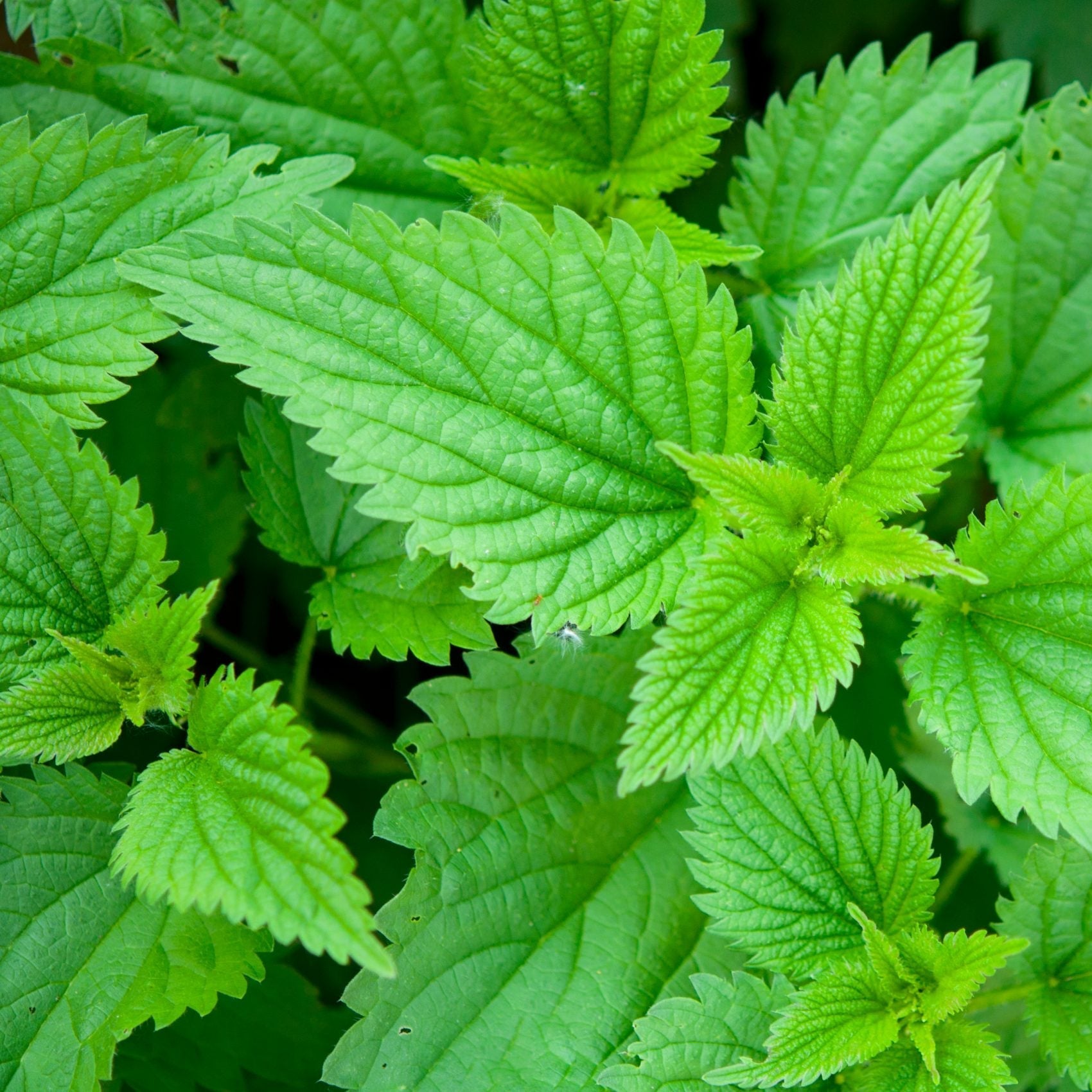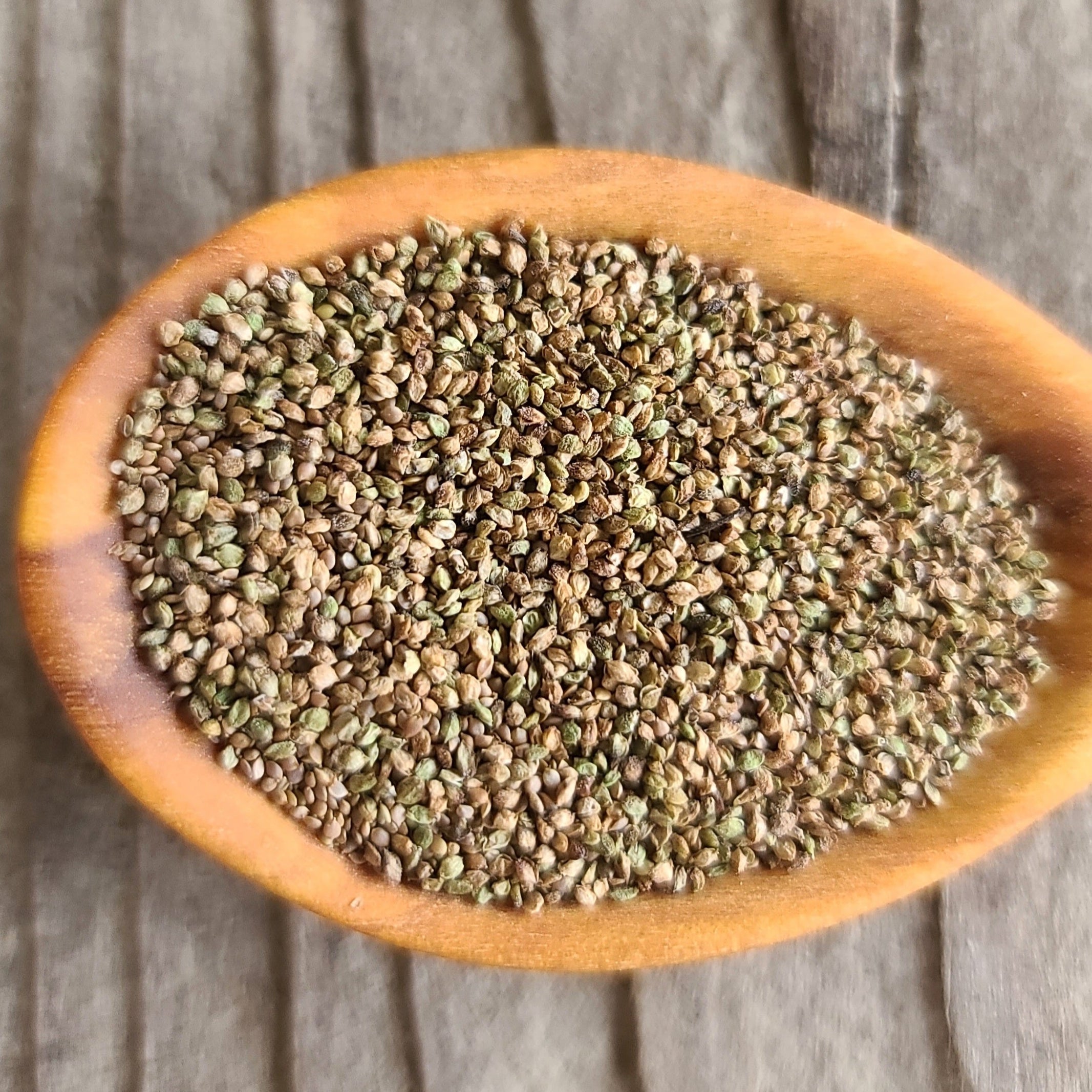
Stinging Nettle (Seeds)
Stinging Nettle is a hardy perennial herb that has been treasured for centuries for its incredible versatility. From use as a delicious wild green to applications in traditional or indigenous medicines and even textile production, nettle is one of the most useful plants in the garden. The young spring leaves, once lightly cooked or dried to neutralise the sting, make a tasty spinach substitute and are packed with minerals and vitamins. The plant’s fibres have long been used for making cloth, fishing net, and rope.
Where Can You Grow Stinging Nettle?
Thrives in Zones 3–9 in moist, fertile soil and partial shade to full sun. Best suited for wild edges, moist meadows, or shaded garden borders. May spread aggressively if not contained.
History and Historical Uses
Stinging Nettle (Urtica dioica) has a long history of use by cultures worldwide. Traditionally harvested as one of the first spring greens, it was prized for its role in relieving arthritis, nourishing the blood, and restoring energy after winter. Its fibrous stems were used to create thread, cloth, and even paper. A true multipurpose plant, it continues to be valued in herbalism and regenerative gardening practices.
Canadian Zone Information
Zones 8-9: Sow directly outdoors in early spring or fall; will return year after year.
Zones 5-7: Sow in spring after last frost or start indoors in late winter.
Zones 3-4: Start indoors and transplant once frost danger has passed; mulch to protect roots.

How to Grow and Harvest Stinging Nettle
Planting: Cold stratify the seeds. Sow seeds on surface or barely cover with soil; space plants 30cm (12in) apart. Can be planted in fall to over winter
Watering: Prefers moist soil; water regularly in dry conditions.
Harvesting: Wear gloves; harvest young shoots in early spring for eating, older leaves for drying.
Maintenance: Cut back regularly to promote tender growth and prevent seed spread.
Seed Saving Tips for Future Supply
Allow to Flower and Seed: Let some plants flower and produce seed heads.
Harvest Seeds: Collect seeds once fully dry and brown.
Dry and Clean: Gently remove seeds from stalks and allow to air dry fully.
Store: Store in a cool, dry place; seeds remain viable for 2–3 years.
Certified Organic By
Islands Organics Producers Association (Cert#1962)

